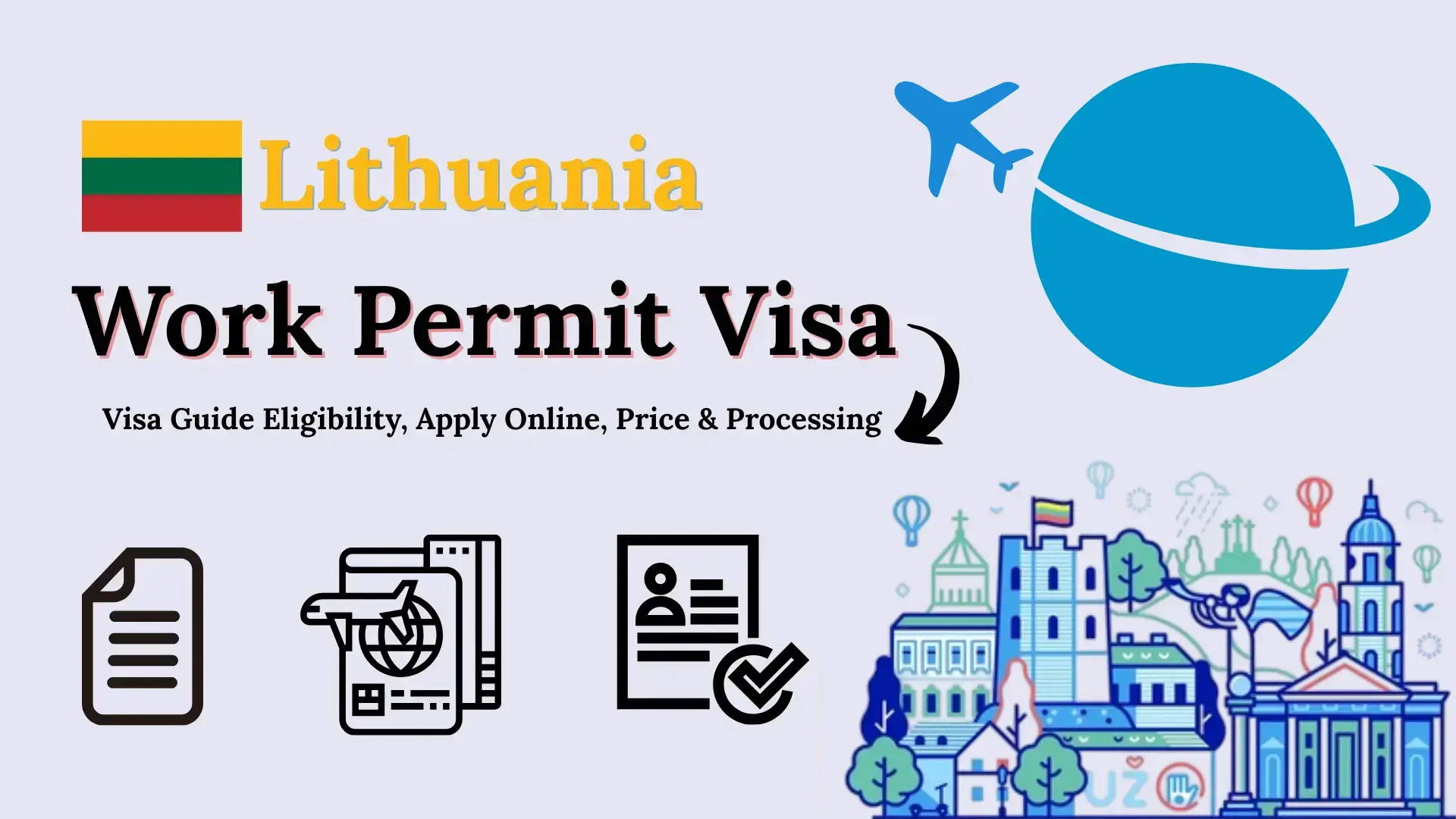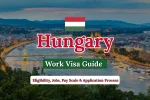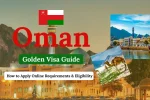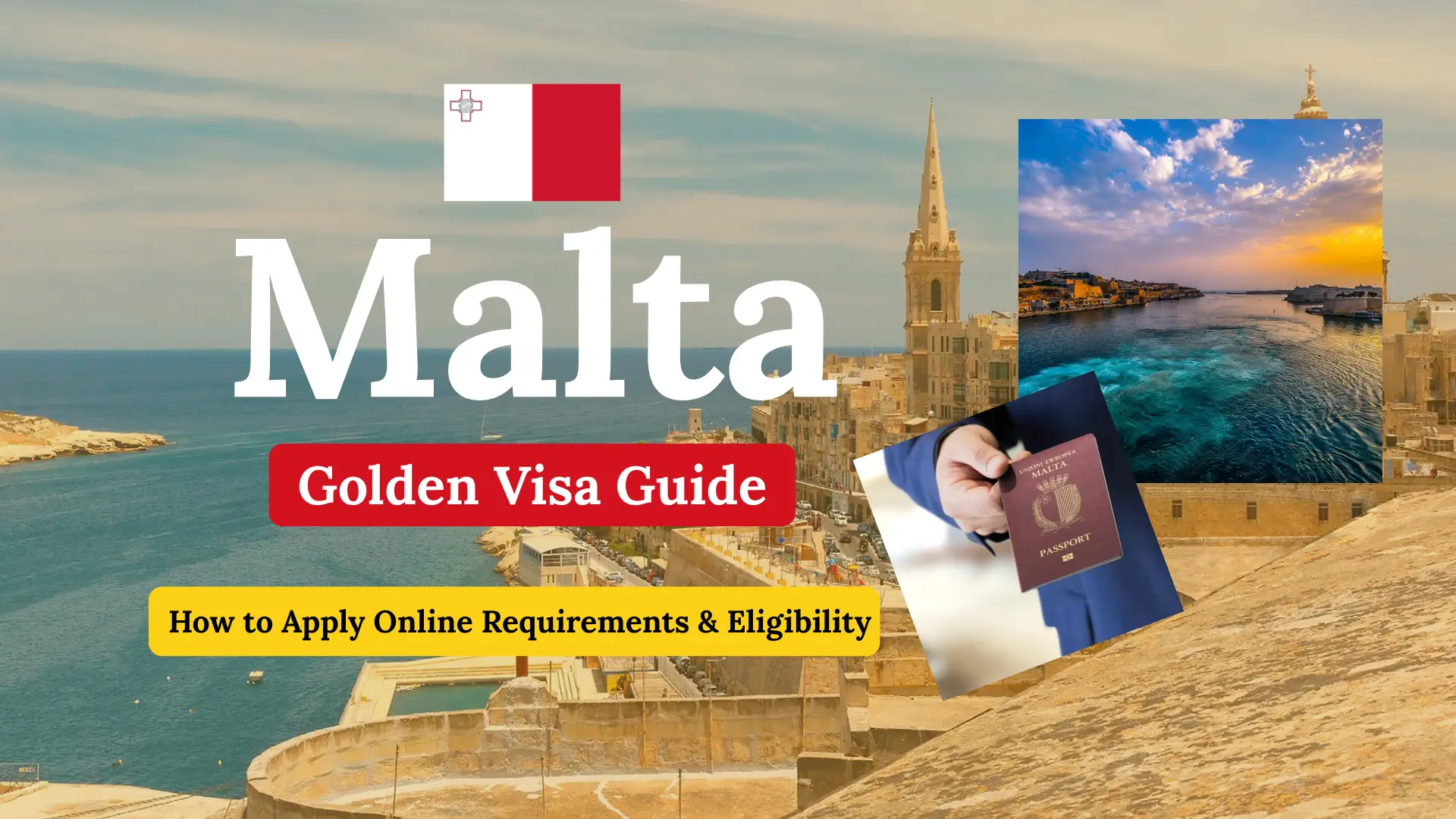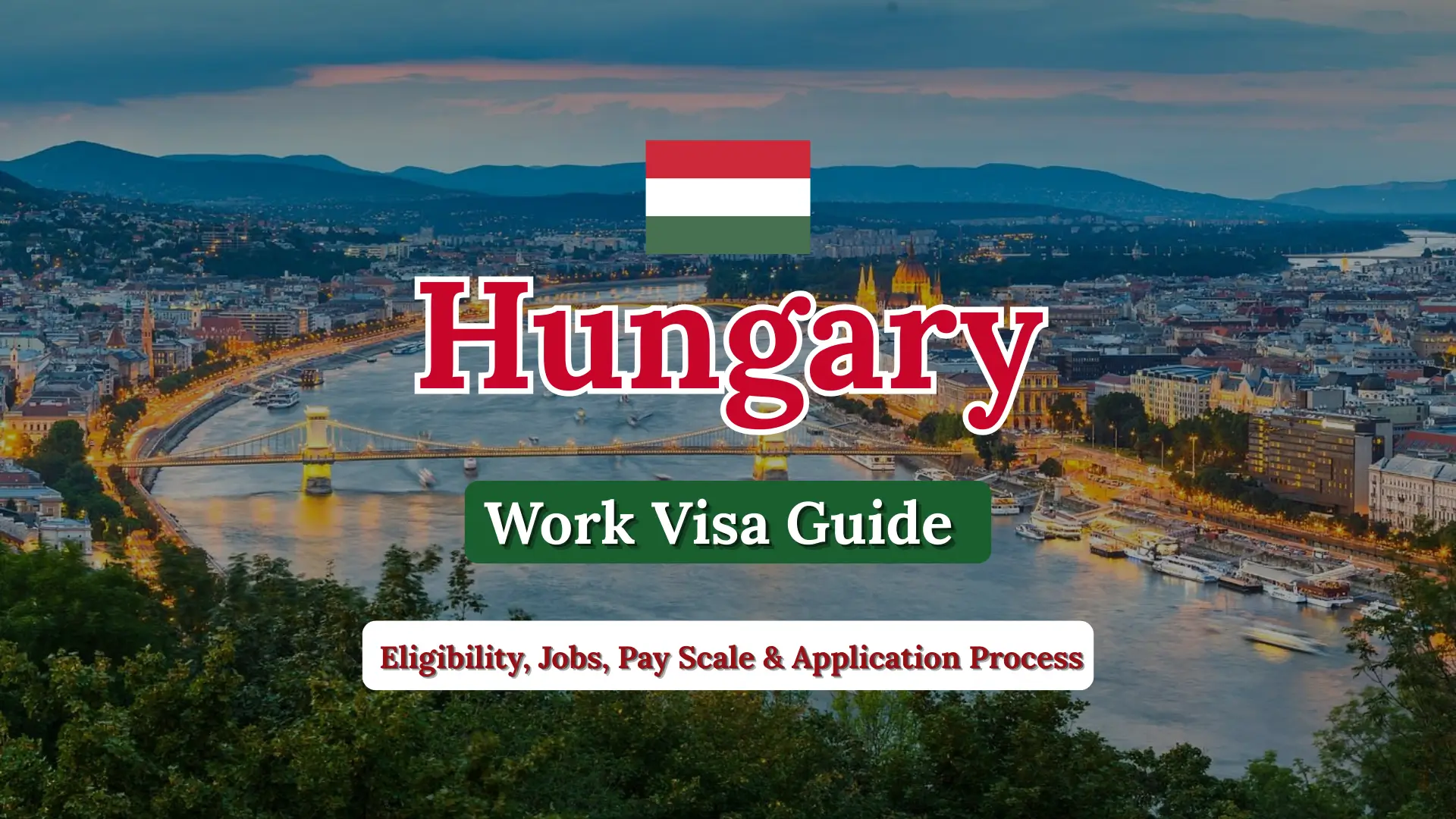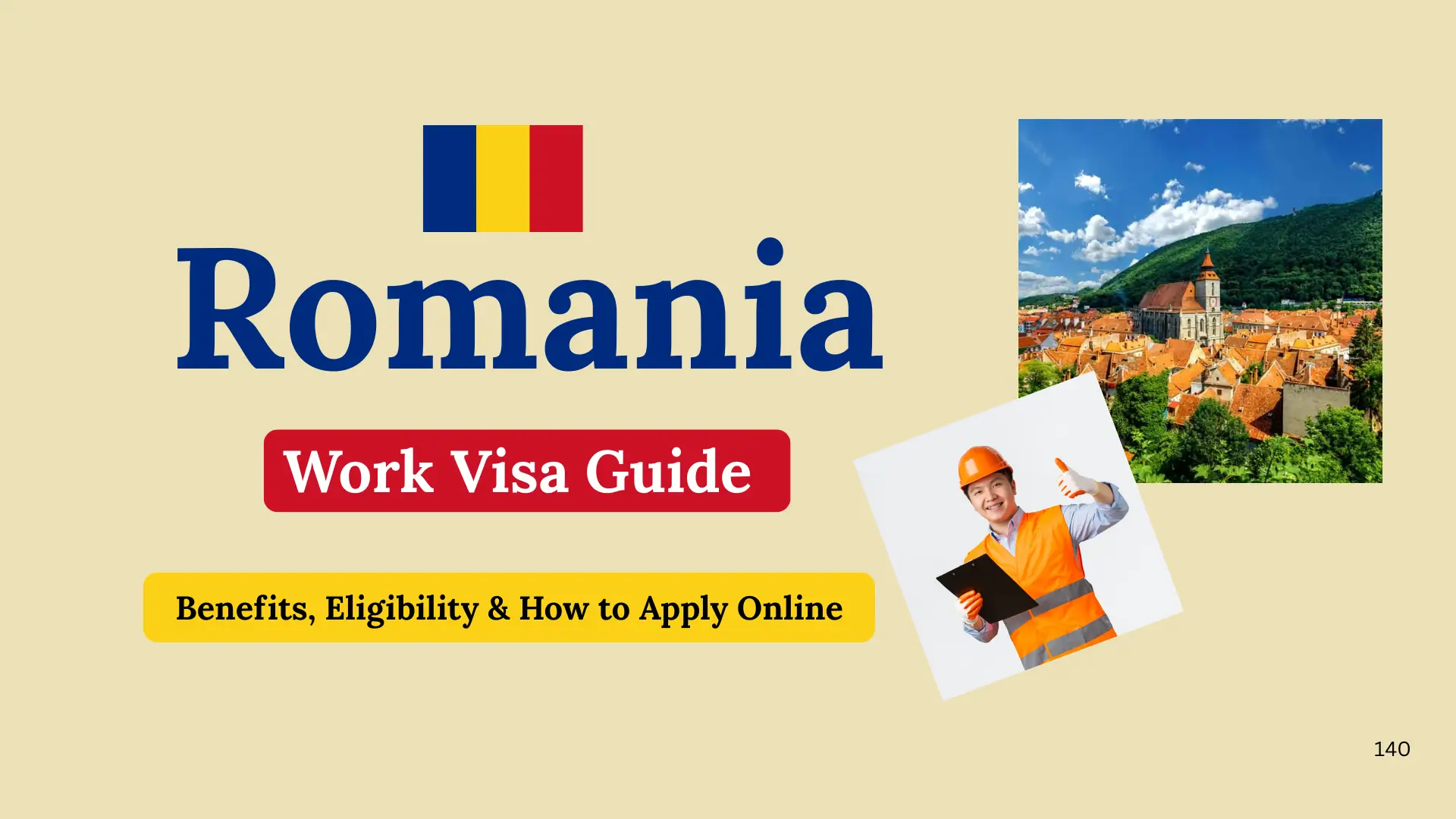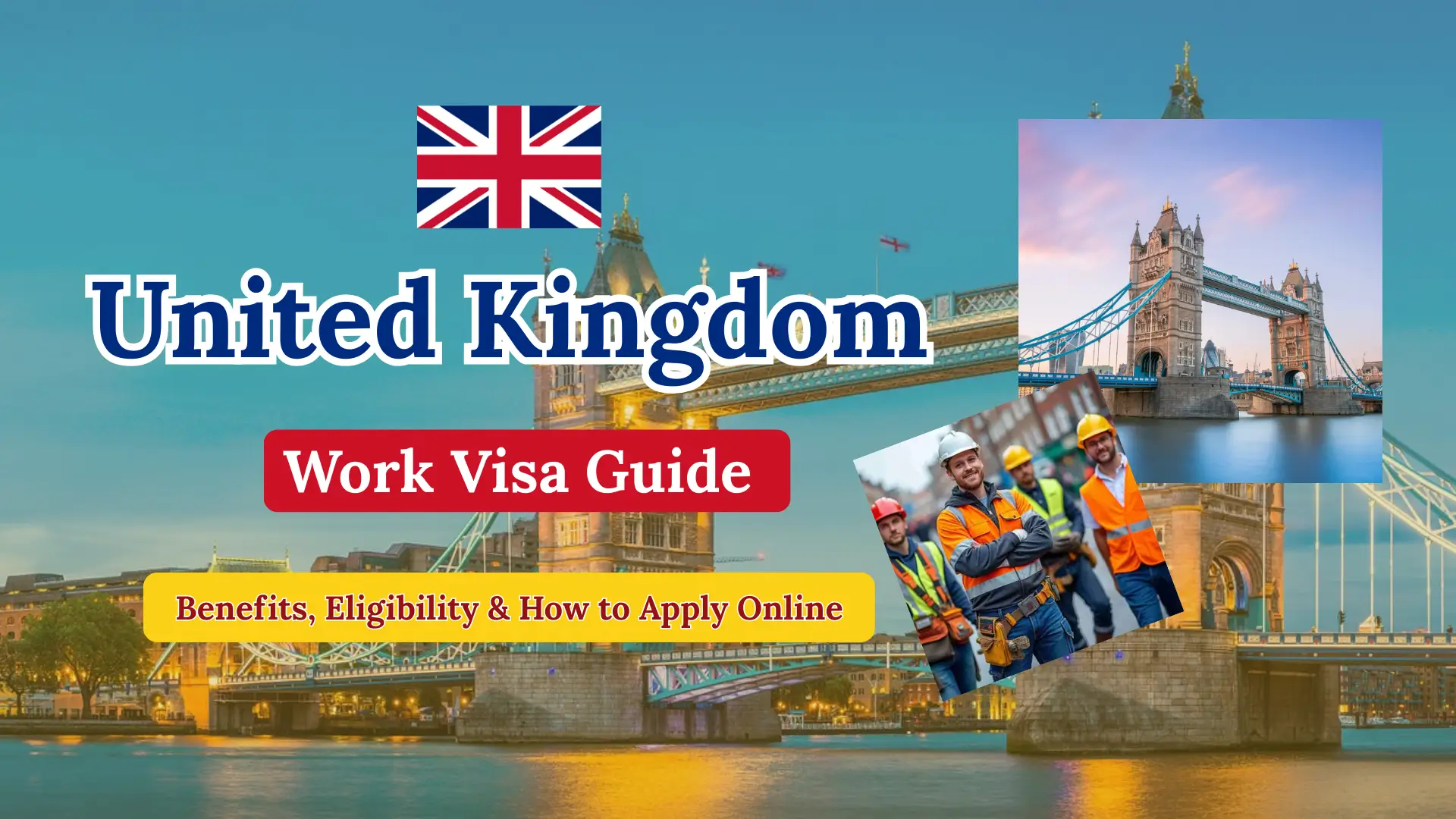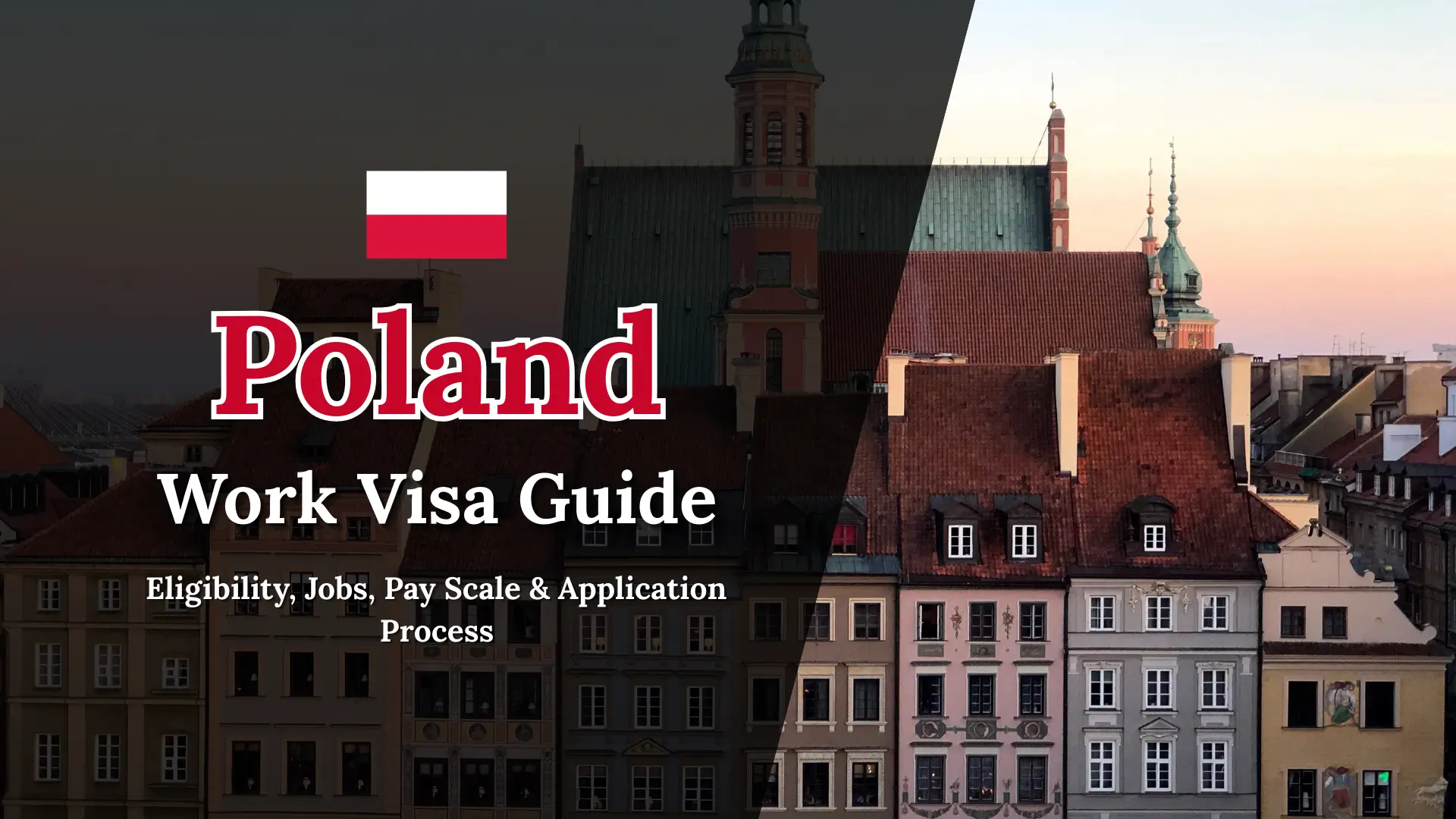Looking to work in Lithuania? Whether you’re an employer hiring foreign staff or an individual planning to move for a job, understanding the Lithuania work visa process is essential. This guide explains the visa types, requirements, application steps, and why Lithuania is an attractive place to work.
Why Choose Lithuania for Work?
Lithuania has become a popular destination for international workers due to its strong economy, favorable employment conditions, and straightforward immigration rules. Some key benefits of working in Lithuania include:
- Minimum wage: €924.00 per month
- Working hours: Standard 40-hour week
- Annual leave: At least 20 paid days off
- Bonuses: No mandatory 13th or 14th salary, but performance-based bonuses are common
Sick Leave Benefits
- First 2 days: Employer pays between 62.06% and 100% of salary (decided in contract).
- From Day 3: Covered by the National Social Insurance Fund at 62.06% of salary.
Lithuania’s Tax System
- Income tax: Progressive—higher earners pay higher rates.
- Inheritance tax: 5% if below €150,000; 10% if above.
- Real estate tax: 0.3% to 3%. Properties above €220,000 usually taxed at 1%.
Types of Work Visas in Lithuania
When applying for a Lithuania work visa, the right category depends on the nature of employment:
1. EU Blue Card – For Highly Skilled Workers
- Valid for up to 2 years
- Requires higher education or 5+ years of experience
- Job offer must pay 1.5 times the average Lithuanian salary
- Applies to roles where local skills are lacking
2. National Work Permit (D Visa)
- Valid for up to 1 year
- Allows foreign employees to live and work in Lithuania
- Usually does not grant permanent residence
3. Seasonal Work Visa
- For jobs in agriculture, hospitality, or other seasonal sectors
- Requires proof that no Lithuanian worker is available for the role
- Approved by the Ministry of Social Security and Labour
Documents Required for a Lithuania Work Visa
Applicants must provide the following paperwork:
- Mediation (invitation) letter from Lithuanian employer
- Valid passport with at least two blank pages
- Work permit issued by the Lithuanian Labour Exchange
- Proof of funds (bank statements or employment contract)
- Health insurance
- Police clearance certificate (not older than 3 months)
- Professional qualifications for the job
Lithuania Work Permit Processing Time & Costs
- Processing time: Usually between 1–2 months, depending on the visa type
- Work permit cost: Varies by category, but generally €120–€200 for applications
How to Check Lithuania Work Permit Status
You can track your work permit application through the Lithuanian Migration Department’s official website. Employers may also receive updates directly from authorities.
Work Permit Exemptions
Some individuals may not require a work visa in Lithuania, such as:
- EU/EEA and Swiss citizens
- Family members of Lithuanian or EU citizens
- Certain short-term workers, based on bilateral agreements
Why Employers Choose Lithuania
Many companies set up projects in Lithuania because of:
- Skilled workforce with high English proficiency
- Affordable labor costs compared to Western Europe
- Business-friendly tax policies
- Central EU location
Conclusion
Getting a work visa in Lithuania is a structured but straightforward process. With attractive working conditions, strong social benefits, and multiple visa options, Lithuania is a growing hub for professionals worldwide.

